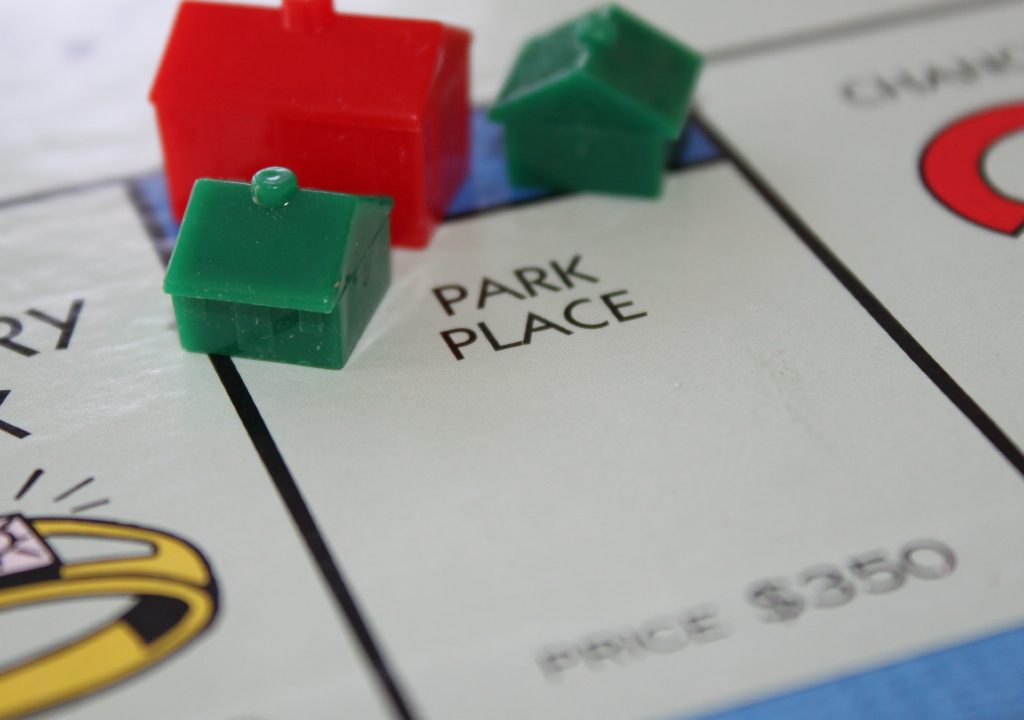
Using traditional market research to determine product pricing is flawed but introducing more engaging methods can improve the findings says Shamvir Singh.
Pricing is the point where your marketing strategy meets that final decision point with the consumer. However, market research has not always been able to support pricing decisions by accurately telling marketers what consumers are willing-to-pay for their products.
Basic open-ended based approaches are flawed with participant bias and more complex methods like conjoint can be unengaging to participate in and have outputs which are hard to communicate to clients.
Below are five ways gamification can help to get to a better consumer truth around what consumers are willing-to-pay for your product:
1. engagement – low engagement equals low data quality.
Current willingness-to-pay methodologies are largely conducted via online surveys, where engagement in answering pricing questions is critical to ensuring reliable data is collected.
Current techniques like Van Westendorp’s Price Sensitivity Meter and Conjoint are unengaging experiences. They provide no mechanism for consumers to give pricing questions the engagement they deserve and to allow marketers to make informed decisions. Gamifying pricing research through a visualised and gamified narrative can increase consumer attention levels – this generates more accurate data. Clearly stating that accurate data has the potential to be rewarded with points systems within this narrative, boosts engagement further.
2. incentivisation – it’s more than just taking part, it’s about being motivated to win.
Online surveys incentivise consumers to take part for a small financial return. Why then should consumers give us accurate information when the reward is so low? However, if you offer greater incentives based on their performance in a game scenario they automatically have an invested reason to pay better attention to your questions.
You can enhance this by informing consumers they are competing against one another. Everyone has a competitive streak and using it in pricing research can help you get to more accurate willingness-to-pay outputs.
3. consumer bias – would consumers lie to you?
Ask consumers what they are willing-to-pay and the answer you get is more along the lines of what they would like to pay. This is often a lot lower than what they are really willing-to-pay when buying a product off-the-shelf.
Consumers will rationalise what they are willing-to-pay depending on their self-serving biases (wanting to drive prices down or projecting higher wealth than they really possess). However, asking consumers to think what other consumers would be willing-to-pay decreases these biases as they have less interest in benefiting others than they do themselves.
Furthermore, people are better predictors of others’ behaviour than they are their own actions. When you add an incentive for accurate answers to a question about others’ actions, it turns willingness-to-pay questions from a bland request to a guessing game that combines gamification and wisdom of the crowds.
4. over-rationalisation – it’s not how we shop.
Online pricing methods give consumers time to dwell on responses. This isn’t reflective of the buying reality, specifically with the buying behaviour within the FMCG category. Motivating faster – and therefore more implicit – responses to willingness-to-pay questions in a gamified environment, with rewards for faster thinking, encourages people to think closer to the cognitive speed they use when buying. This means these willing-to-pay estimates are based on cognitive processes that better reflect purchase situations vs. typical pricing questions.
5. consumers are price takers not price makers – it’s all about the pricing context.
People will say they won’t buy a product at a certain price in research. Yet the same products seem to sell for that price at RRP. What consumers are willing-to-pay is driven by the pricing context, which is seldom considered in pricing research.
By conditioning consumers to pricing realities as part of a pricing game, you can anchor their responses in a greater commercial reality vs. traditional pricing questions which make consumers, wrongly, the dictators of pricing levels.
Games such as memory recall games of RRPs exposes consumers to different pricing context scenarios while re-anchoring them to the commercial reality of the category pricing, giving a more realistic willingness-to-pay output.
Where traditional pricing research has many limitations around levels of engagement, consumer bias, over rationalisation and lack of control of the pricing context, gamification of pricing research has clear benefits in tackling these challenges – while giving marketers more accurate information about how their strategy meets consumers decision points.
By Shamvir Singh, Associate Director of Innovation & Analytics
if you would like further information, please get in touch via:
ssingh@northstarpresents-volvo.com




